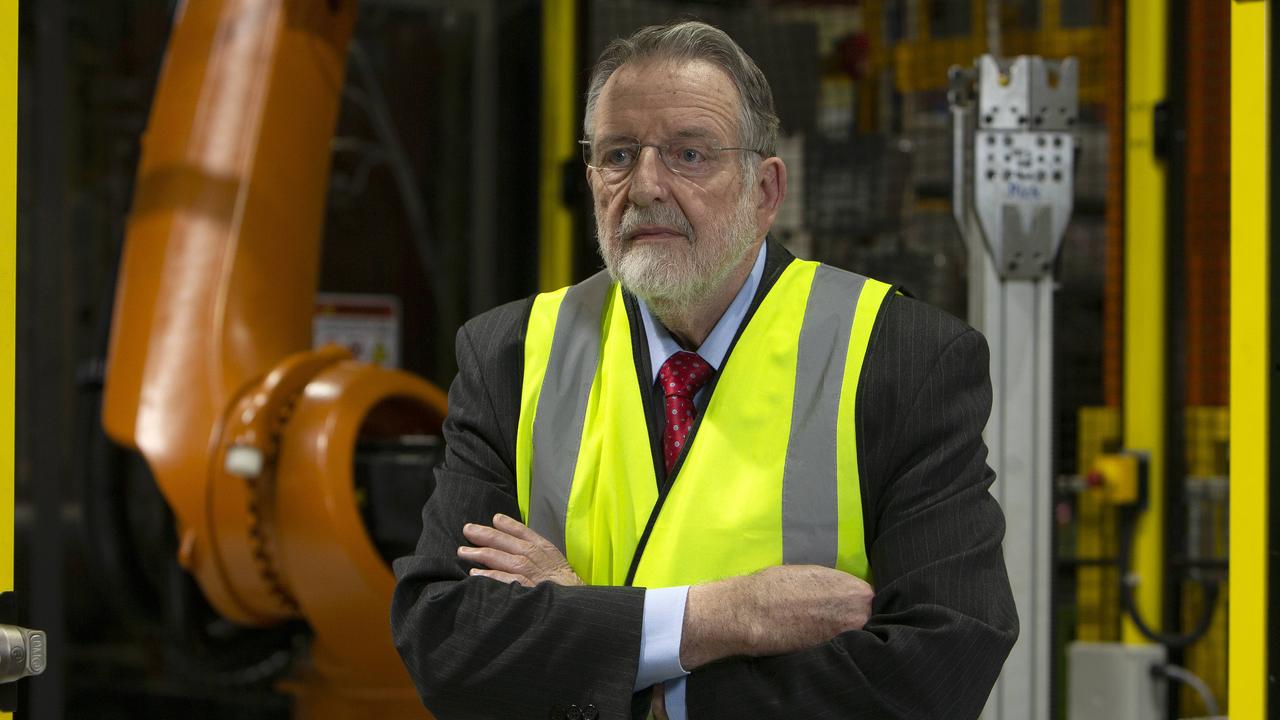Once-in-a-generation rebuild of South Australia’s Dog Fence starts next year
Wild dogs have wreaked havoc in the SA Outback but the fight back is well and truly underway with a massive, once-in-a-generation project to rebuild the world’s longest fence.
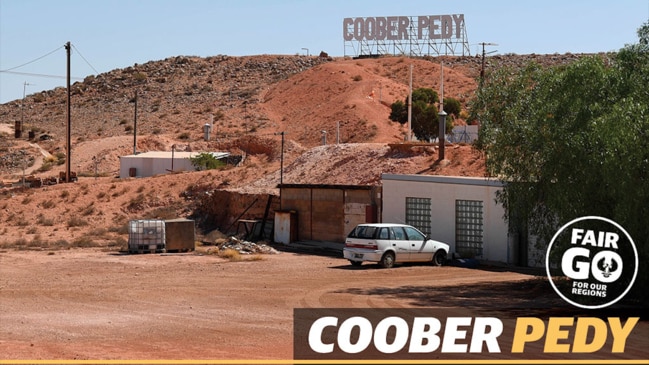
SA Business
Don't miss out on the headlines from SA Business. Followed categories will be added to My News.
Orroroo sheep producer Geoff Power has been fighting to protect farmers from devastating livestock losses due to wild dog attacks for at least five years and over that time, pastoralists have faced sheep losses running into the thousands.
Mr Power said the situation was especially heartbreaking as many farmers were also grappling with the effect of drought, which has exacerbated the dog problem by drawing the pest further south in search of food.
The triple whammy has been producers having to sit on the sidelines and miss out on very lucrative pay cheques at a time that lamb prices continue to hit record levels almost weekly and wool returns have also been historically high.
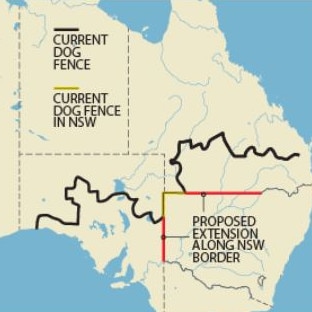
“The dog situation has become more and more dire every year,” Mr Power said.
“The numbers keep increasing and there’s two main reasons for that. Dogs are breeding inside the fence and dogs are getting through the fence. They’re getting through because of the age of the fence and the pressure kangaroos and emus are putting on it.”
But with the once-in-a-generation rebuild of South Australia’s Dog Fence starting next year, Mr Power is hopeful farmers’ fortunes will start to turn around.
The 2019-20 State Budget allocated $25 million to the Dog Fence rebuild, with the project a partnership between the State Government, Federal Government and the livestock industry.
Mr Power will head up work on the rebuild in his role as chairman of the South Australian Dog Fence Board.
Joining him on the board are fellow farmers Christobel Treloar and Jock MacLachlan, both occupants of land affected by the decrepit Dog Fence, Peter Lawrie from the Far West Dog Fence Boards Association and Mount Eba Station pastoralist Peter Whittlesea.
“We believe about 1600 kilometres of the 2150 kilometre fence (that’s in South Australia) needs replacing,” Mr Power said.
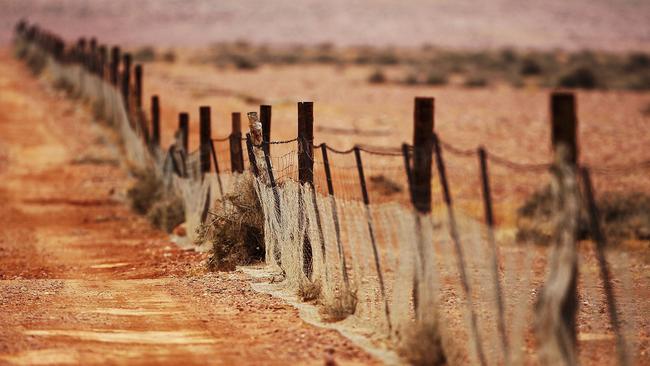
“Now that the funding is in place, we want to create an oversight committee to traverse the fence and work out what needs to done, and how it’s going to be done.
“After that we hope to take a quick trip to Queensland to look at some of the exclusion fencing designs that are being used successfully up there.”
Mr Power said while the structure of the new Dog Fence was still to be determined, a crucial part would be the inclusion of foot netting, to ensure dogs cannot burrow underneath.
It is hoped the rebuild can start by next March and the work can be completed within three years.
Mr Power said wild dogs posed an environmental issue as well financial problems for farmers.
“We know wild dogs cause the loss of a lot of wildlife,” he said.
“Another concern is wild dogs getting into peri-urban areas. Once they get into those areas, it will be a huge issue getting them out.”
At the moment, wild dogs are being managed through dog trappers and an extensive baiting program.
Former trapper Brian Gill, who photographed the tracks from a dog crawling under the Dog Fence at the corner of Frome Downs and Curnamona in the north-east of the state said some stations were down 5000 sheep, due to a combination of dogs and the drought.
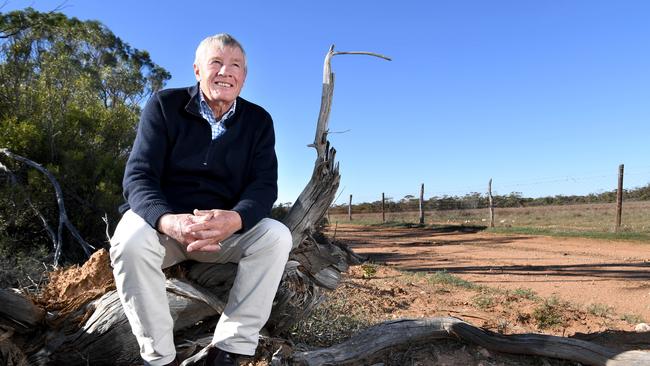
“It’s not just dogs killing sheep that’s the issue, they’ll also chase ewes, so then they leave their lambs behind,” he said.
Mr Gill said the north-east of the state had some of the worst sections of the fence.
But even in areas where the Dog Fence is in average condition, such as the Far West coast, wild dogs are still causing issues for farmers.
Rick Miller, who runs a sheep and cropping property 30 kilometres west of Penong, has trapped five dogs on his property so far this year.
“There’s a real flush of dogs around at the moment,” he said.
“It’s normally February when we’d see a fair bit of activity but it’s continued on a lot later this year.”
While Mr Miller has not had a lot of stock loss, maintaining his sheep numbers has come at a cost.
“I’m monitoring all the time, looking for tracks and keeping my eye on the sheep,” he said.
“So far, I’ve been lucky enough to get the dogs pretty much as soon as they arrive on my property.”
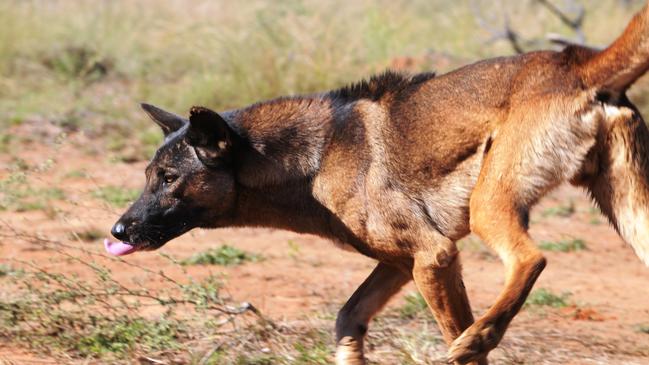
Penong Dog Fence Board chairman Craig Trowbridge, pictured left, who farms at Charra, said while the ageing fence had generally served its purpose over the years, it was well and truly time for an upgrade.
“We’re taking about 100-year-old fence so it’s something that needs replacing,” he said.
“There’s a lot of pressure on the fence west of Ceduna.
“Kangaroos, emus, camels, wombats and foxes all add up to put pressure on the fence, especially when it’s dry and they’re looking for food.
“You can see the extra pressure at the points along the fence that are next to cropping ground in particular. They smash right through the fence in search of food.”
Another measure being undertaken to reduce the impact of wild dogs is a desexing program.
Not-for-profit organisation Animal Management in Rural and Remote indigenous Communities recently visited Koonibba, an Aboriginal community near Ceduna, for the second time to run a veterinary and education program.
Koonibba Community Aboriginal Corporation chief executive Corey McLennan said the desexing program produced great results, with the desexed dogs less likely to roam and also becoming more placid.

“It’s a great effort, which should be highly applauded and replicated more frequently as the
demand from our community warrants this valuable service,” he said.
Primary Industries Minister Tim Whetstone said the program clearly achieved results for the Koonibba community and local pastoralists.
“Wild dogs are an ongoing problem for the sheep farmers adjacent to the Koonibba Aboriginal community and producers will be pleased to learn that this program is continuing,” he said.
“We know there are more dogs in the community that still need to be desexed, and program leaders expect community members will be increasingly forthcoming as they see dogs recovering well from the desexing process.”


